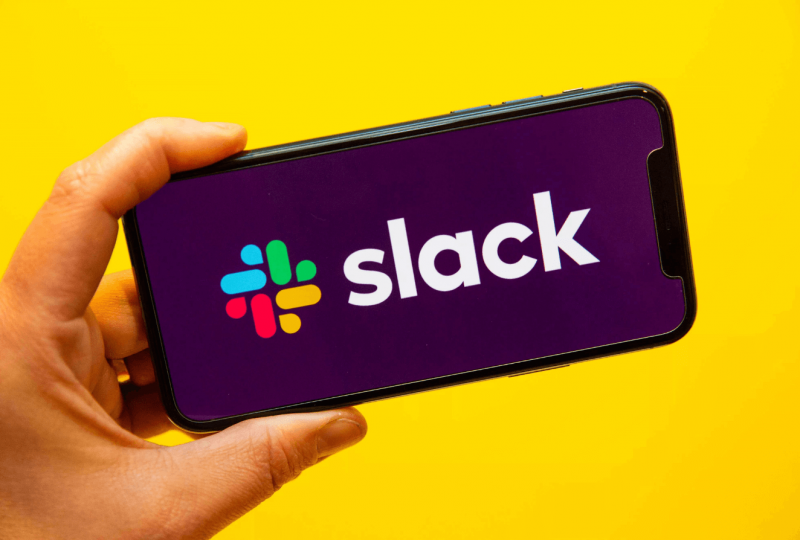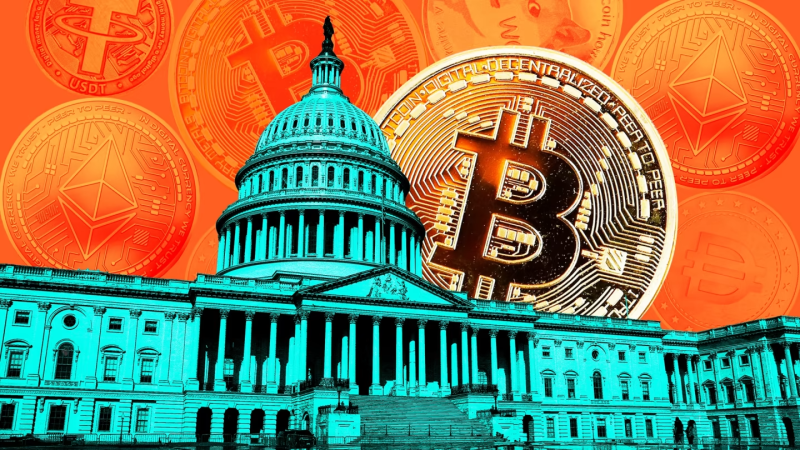The Ethereum Dencun Upgrade and the Rise of Blob Inscriptions
Mar 29, 2024

A few weeks ago, there was an important turning point with the Eth Dencun upgrade, which is mainly praised for its ability to decrease costs on L2 networks. After this, there was an unanticipated rise in blob-based inscriptions, which mimicked Ordinal inscriptions’ approach to data embedding in blockchain transactions. The strong demand for these inscriptions caused the system to reach its capacity limits, which raised network activity.
About Blob Inscriptions
Ethereum Improvement Proposal 4844 (EIP-4844), often known as “Proto-Danksharding,” was launched with the ETH Dencun upgrade. This suggestion was essential in enabling the insertion of additional data into blockchain blocks, so launching a new form of expression through blob inscriptions. Thanks to this creation, users can now embed data within the Ethereum blockchain using Ethereum blobs, a method similar to that of Ordinal inscriptions.
As evidence of their increasing popularity and the changing nature of network activity, inscriptions currently make up 44.2% of all processed blob transactions, according to statistics from Dune Analytics. This substantial increase in blob-based inscriptions following the Dencun upgrade highlights how Ethereum’s network usage changes and shows a clear trend towards more data embedding in transactions.
According to Dune Analytics, there has been a notable increase in the creation of inscriptions using Ethereum blobs, demonstrating a method similar to that of Bitcoin’s Ordinal inscriptions. With 2,437 inscriptions made on March 27, which accounted for 22.8% of all blobs formed on that day, it was a noteworthy day that set a record for the highest rate of usage across all Ethereum Layer 2 solutions, including Base, Linea, Optimism, Arbitrum, and more.
During this time, there was also an increase in Base layer transaction fees, which peaked at $300 before falling back to about $30. Simultaneously, Ethereum’s total slot utilisation rate decreased, a tendency that was attributed to the larger block size caused by the addition of blobs.
Consequences and Network Strain
The Ethereum network was immediately under pressure from the sharp rise in blob inscriptions, which increased transaction costs and exceeded the network’s capacity. The available blobspace has been maxed out, and the cost of basic blob fees in US dollars has significantly increased due to the spike in demand for blob transactions. Data shows a large backlog of blobs that need to be processed, indicating that the network is having difficulty keeping up with the volume of new inscriptions.
One day, there were 133 blobs more in the backlog than could be in a single block; only six blobs could fit inside the boundaries of a single block. This backlog has increased the expense of carrying out transactions and escalated competition for transaction space.
In his analysis, industry veteran Matt Cutler identified March 27, 2024, as the critical date that marked the conclusion of the first round of cost savings made possible by EIP-4844. This date is notable because it marks the conclusion of the period where blob transactions were eligible for drastically reduced costs. This advantage was first offered in conjunction with the Dencun upgrade launch. Cutler’s findings highlight the significant influence of the heightened inscription activity, clearly defining a change in the network’s cost structure and operating dynamics.
Concluding Thoughts
The Ethereum network and its users face both opportunities and challenges as a result of this update and blob inscriptions. Addressing Network capacity and modifying fee arrangements will be essential in the future. Ethereum’s developers and community are anticipated to come up with creative ways to improve everything, making sure the network is resilient and can adjust to changing needs.




